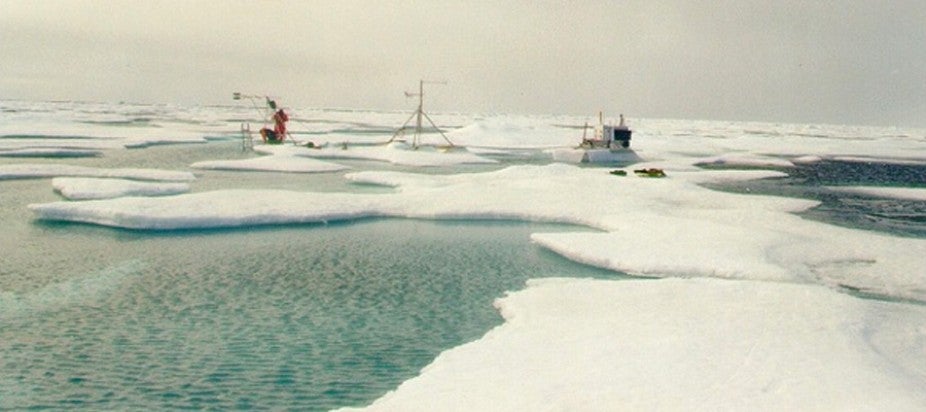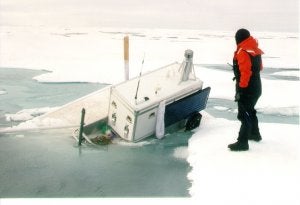Surface Fluxes: Challenges for High Latitudes (SeaFlux) Workshop

6:00 – 6:00 pm MDT
Background

High latitudes are regions of rapid climate change, and tracking this change will require a good understanding of exchanges between the components of the climate system: atmosphere, ocean, and ice. However, efforts to determine high latitude surface fluxes face formidable challenges.Observations are sparse and difficult to obtain in conditions marked by high winds, rough seas, and icing conditions. The unique conditions in high latitude regions mean that lessons learned in equatorial and subtropical regions do not necessarily translate into improvements in high latitude fluxes. Perhaps because of these challenges, available flux climatologies differ markedly, and with little or no in situ data available as ground truth, there is no clear consensus about the relative performance of these flux products. (The US CLIVAR Working Group on High Latitude Surface Fluxes reviews has submitted a manuscript to the Bulletin of the American Meteorological Society describing major concerns for high latitude surface fluxes. See http://www-pord.ucsd.edu/~sgille/highlat/hilatr_manuscript_v29s.pdf)
This workshop is intended to address these challenges by bringing together the SeaFlux community, specialists in high latitude regions, and others with research interests in surface fluxes. Workshop presentations and discussion will consider the specialized requirements for high latitude surface fluxes, the current state of high latitude flux determinations, and strategies for moving forward to produce improved flux products and uncertainties. The workshop will be structured around several main areas of focus, with both plenary sessions and breakout sessions focused on issues specific to SeaFlux and to the US CLIVAR Working Group on High Latitude Surface Fluxes.
This will be the Fifth SeaFlux Workshop. SeaFlux discussions will focus on improvements in remote sensing flux algorithm development that have been made since the Fourth SeaFlux Workshop held in Amsterdam in 2007. In addition, the SeaFlux Intercomparison Project analysis results will be presented. It is apparent that many of the retrieval methods are quite mature, and general accuracy of the products is now demonstrably as accurate as or more accurate than other flux fields (e.g. those from reanalyses). Given the overall improvements in flux products in recent years, this is a natural time for the SeaFlux community to focus attention on specific regimes in which further improvements are still necessary including high latitude regions. Thus this joint workshop of SeaFlux and the US CLIVAR Working Group on High Latitude Surface Fluxes is quite timely.

Expected outcomes of the workshop are twofold: promote exchange of information about surface flux applications requirements, observations, and flux products; and begin to chart a path forward for improving flux products in these difficult-to-observe regions, through strategic use of in situ observations, process studies, satellite data, modeling and assimilation.